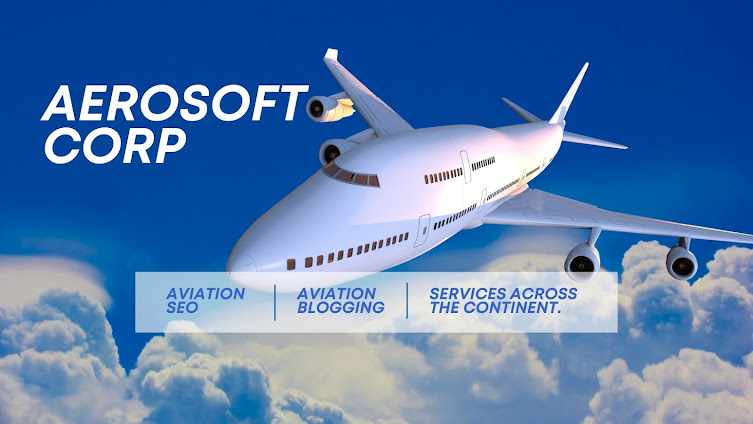Introduction to Airports: History, Growth, and Impact
Airports are critical infrastructures that facilitate Air Travel, connecting people and goods across the globe. Their development and evolution have significantly influenced modern society, shaping economic growth, cultural exchange, and technological advancement. This essay explores the history, growth, and impact of Airports, highlighting their pivotal role in the contemporary world.
Taking Flight:
A Look at Airports - History, Growth, and Impact
Airports. They're these massive hubs of humanity, bustling with travelers, commerce, and the constant hum of jet engines. But how did these incredible feats of infrastructure come to be? And what kind of impact do they have on our world?
Buckle up, because we're about to take a deep dive into the fascinating world of Airports.
An Airport is essentially a dedicated space for Air travel with facilities to support the operation of Aircraft and the comfort of passengers. Here's a breakdown:
Core Elements:
Landing and Takeoff Area:
This is the heart of the Airport, typically consisting of one or more paved runways for Airplanes to land and take off.
Terminals:
These are buildings that handle passenger processing. They house areas for check-in, security screening, baggage claim, and gates for boarding flights.
Maintenance Facilities:
Hangars provide sheltered space for Aircraft maintenance and repair.
Additional Features
(may vary depending on size and purpose):
Control Towers:
These house Air traffic controllers who ensure the safe and orderly flow of Air traffic in the vicinity of the Airport.
Aprons:
Large paved areas adjacent to runways where Aircraft can taxi, park, and load/unload cargo or passengers.
Taxiways:
These are paved paths that connect runways to aprons and terminals, allowing Aircraft to maneuver on the ground.
Passenger Amenities:
Airports may offer a variety of amenities for passengers, such as restaurants, shops, lounges, and even conference facilities.
Types of Airports:
Airports can be categorized based on their size and primary function:
Commercial Airports:
Handle scheduled passenger flights and cargo transportation.
General Aviation Airports:
Cater to private planes, recreational Aircraft, and smaller Air taxi services.
Military Airports:
Used by the armed forces for military Aircraft operations.
Humble Beginnings:
From Fields to Flight Facilities
The concept of a designated space for Air travel might seem obvious today, but Airports, as we know them, are a relatively recent invention. While dreams of flight have existed for millennia, it wasn't until the early 20th century, with the rise of powered Aircraft, that the need for dedicated landing and takeoff zones arose. These early Airfields were often nothing more than flat, grassy fields chosen for their proximity to cities and prevailing wind patterns. Imagine hopping on a plane at a glorified pasture!
Taking Off: The Rise of Commercial Aviation and the Evolution of Airports
The game changer came with World War I. Technological advancements spurred by the war led to the development of more powerful and reliable Aircraft. This, coupled with the post-war boom in commercial Aviation, ignited a need for more sophisticated Airport infrastructure. Runways were lengthened and paved, basic terminals were built for passenger processing, and hangars were constructed for Aircraft maintenance. The focus in this era was purely on accommodating the growing size and capabilities of Airplanes.
The Jet Age and Beyond: A New Era for Airports
The introduction of jet Airliners in the 1950s and 1960s sent Airport development into overdrive. Runways had to be extended even further to handle the demands of jet takeoffs and landings. This era also saw the birth of the jet bridge, that now-ubiquitous connector between terminal and Aircraft, eliminating the need for outdoor boarding (no more battling the elements to get on your flight!).
Airports continued to evolve throughout the latter half of the 20th century and into the 21st. Security measures became paramount after several high-profile incidents. Terminals expanded to accommodate the ever-increasing number of passengers, transforming into mini-cities with shops, restaurants, and even conference facilities. Today, Airports are constantly innovating, with a focus on automation, sustainability, and improving the passenger experience.
The Ripple Effect:
The Impact of Airports on Our World
Airports are more than just transportation hubs; they're economic powerhouses. They create jobs, both directly in the Aviation sector and in supporting industries like hospitality and retail. They act as catalysts for tourism, bringing people and money to new destinations. However, the impact isn't always positive. Noise pollution and Air pollution from Aircraft are major concerns, and the environmental impact of Airport construction and operation needs to be carefully considered.
The Future of Flight:
Sustainable Skies and Smart Solutions
As we look towards the future, Airports face new challenges. Mitigating their environmental impact is a top priority. Sustainable practices, like the use of biofuels and electric ground handling equipment, are being explored. Additionally, technological advancements like self-service kiosks and automated baggage handling are streamlining operations and improving passenger flow.
Airports - A Testament to Human Ingenuity
Airports stand as a testament to human ingenuity. They're a product of our desire to explore, to connect, and to push the boundaries of what's possible. From their humble beginnings to the sprawling giants of today, Airports have transformed the way we live, work, and travel. As technology continues to evolve, one thing is certain: the future of Airports promises to be just as exciting as their storied past.
Karishma Kumari [MBA HR]
Manager HR
Asiatic International Aviation Academy
Karishma@FlyingCrews.com
Karishma@air-aviator.com
LinkedIn :
https://www.linkedin.com/in/karishmakumarihrm
Link tree:
https://linktr.ee/HrmFlyingCrews
Instagram :
www.instagram.com/flyingcrewhrm/?hl=en
YouTube :
www.youtube.com/playlist?list=PLqXCZoA9MsdWodpdrvzAJG0qVL1Kej3Jf
Facebook:
www.facebook.com/profile.php?id=61559694854869



No comments:
Post a Comment